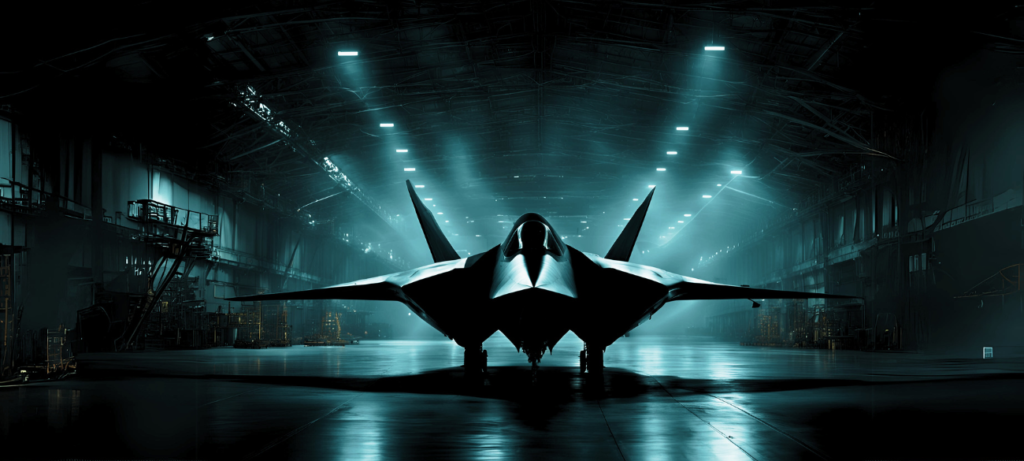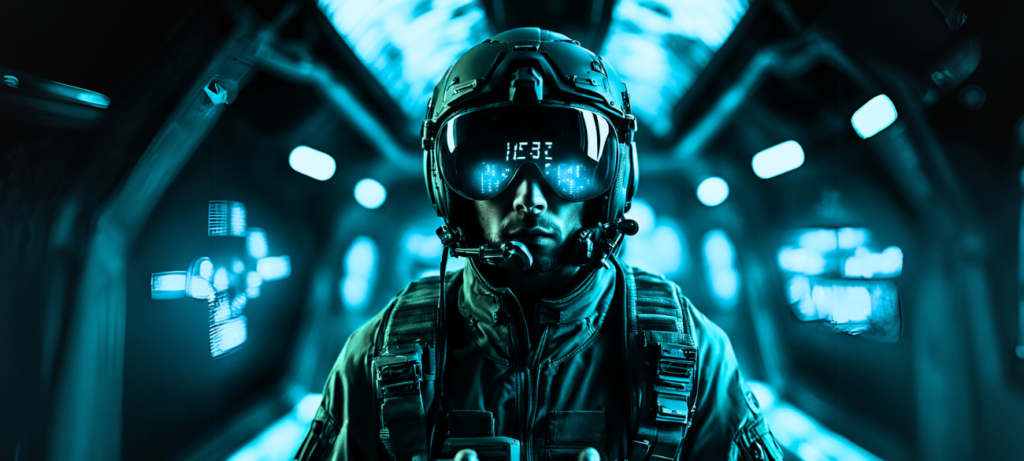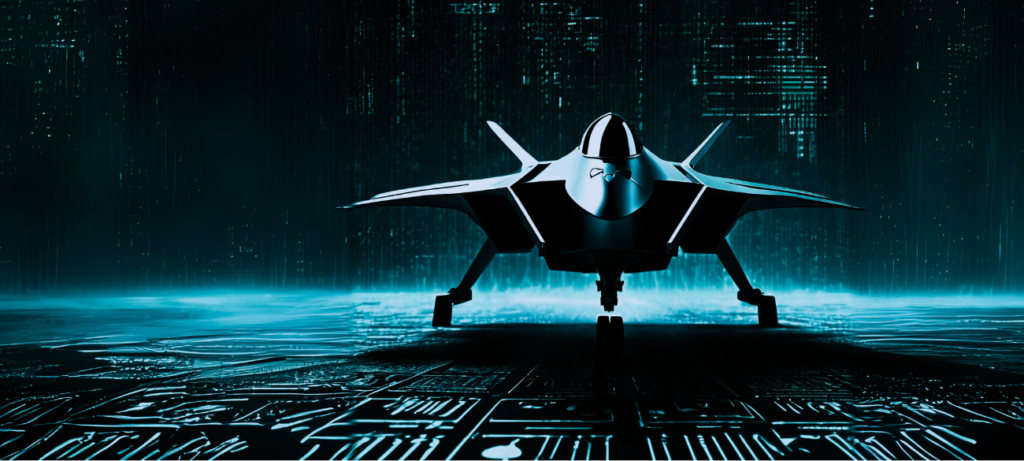Future C2 architectures are being developed with some degree of decentralization to make it harder for opposing forces to find, target, and degrade key C2 nodes. A highly automated, decentralized C2 and data-sharing network however remains beyond reach and without the ability to replace human crews, air forces will remain dependent on centralized legacy systems.











